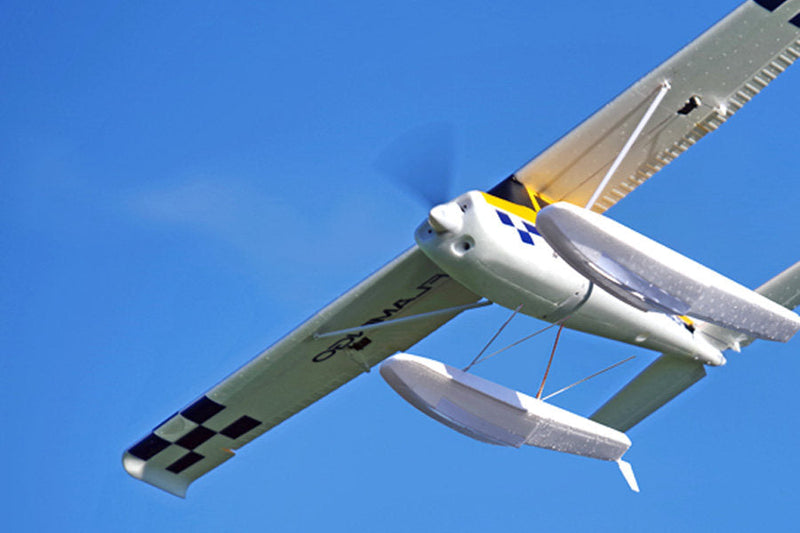Are you considering entering the exciting world of remote controlled airplanes? This guide aims to provide you with a comprehensive understanding of what to look for when selecting your first model. With various options available, knowing the right features and specifications can make all the difference in your flying experience.

Understanding Remote Controlled Airplanes
A remote controlled airplane, often referred to as an RC airplane, is a model aircraft that can be controlled from a distance using a transmitter. These airplanes come in various types, including electric, gas-powered, and gliders. Each type offers unique advantages and challenges, making it essential to choose one that aligns with your skill level and interests.
Types of Remote Controlled Airplanes
- Electric RC Airplanes: These are powered by electric motors and are generally easier to operate, making them ideal for beginners.
- Gas-Powered RC Airplanes: These models use internal combustion engines and are typically more powerful, suitable for experienced pilots.
- Gliders: These airplanes are designed to soar through the air without a motor, relying on thermals and wind currents.
Key Features to Consider
When selecting your first remote controlled airplane, several key features should be taken into account:
- Wingspan: A larger wingspan can provide better stability, while a smaller wingspan may offer increased maneuverability.
- Material: Common materials include foam, balsa wood, and plastic. Foam models are lightweight and durable, making them great for beginners.
- Flight Time: Consider the battery life and how long you can expect to fly before needing a recharge.
- Control Range: Ensure the remote control has a sufficient range for your flying needs, typically between 300 to 1000 feet.
Choosing the Right Remote Controlled Airplane for Beginners
As a beginner, you might wonder which remote controlled airplane is best suited for you. If you are just starting, it is advisable to choose an electric model with a ready-to-fly (RTF) option. These models come pre-assembled and include everything you need to start flying right away. Additionally, consider models that feature stability systems, which can help you maintain control during your initial flights.
Safety Tips for Flying Remote Controlled Airplanes
While flying a remote controlled airplane can be thrilling, safety should always be a priority. Here are some essential safety tips:
- Always fly in open areas away from people and obstacles.
- Check the weather conditions before flying; avoid strong winds and rain.
- Familiarize yourself with the controls and practice on a simulator if possible.
Conclusion
Choosing your first remote controlled airplane can be an exhilarating journey. By understanding the different types, key features, and safety tips, you can make an informed decision that enhances your flying experience. Remember, the right model will not only provide enjoyment but also help you develop your skills as a pilot. Happy flying!






